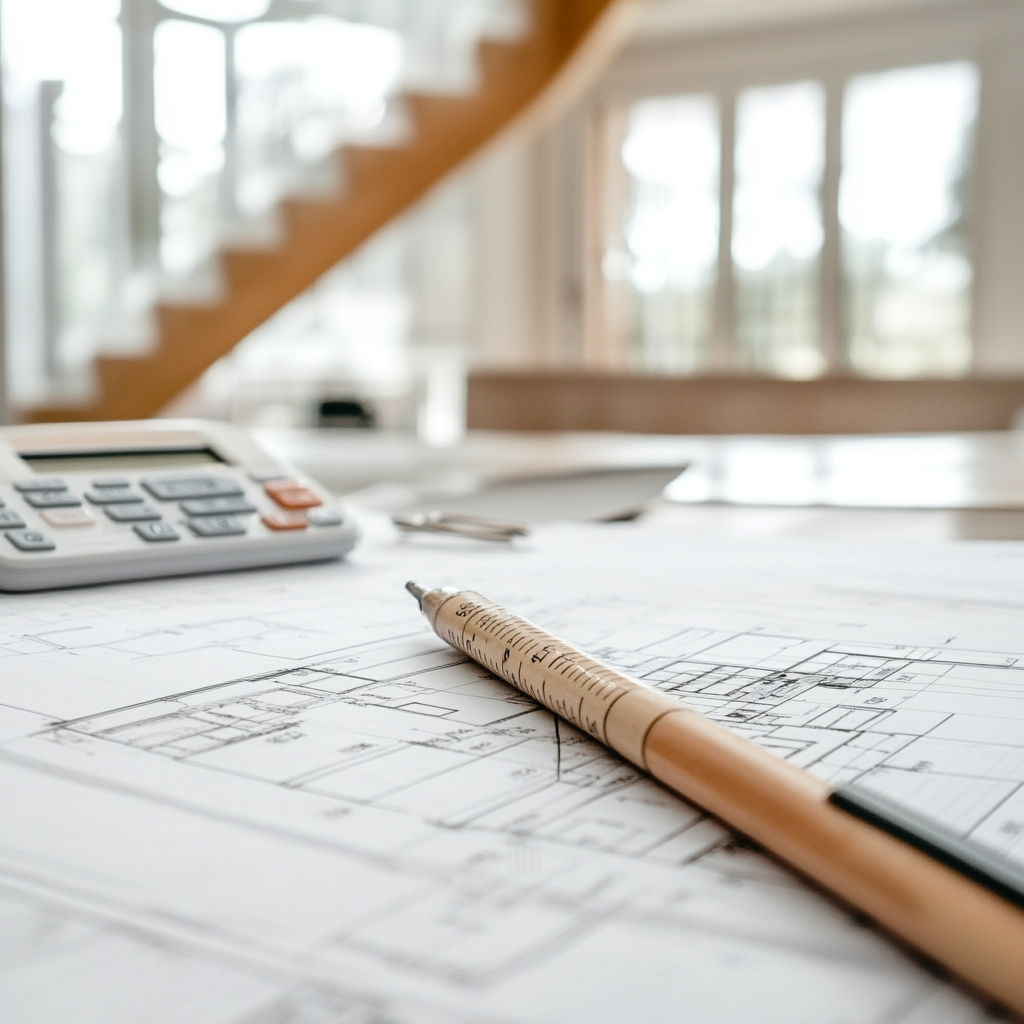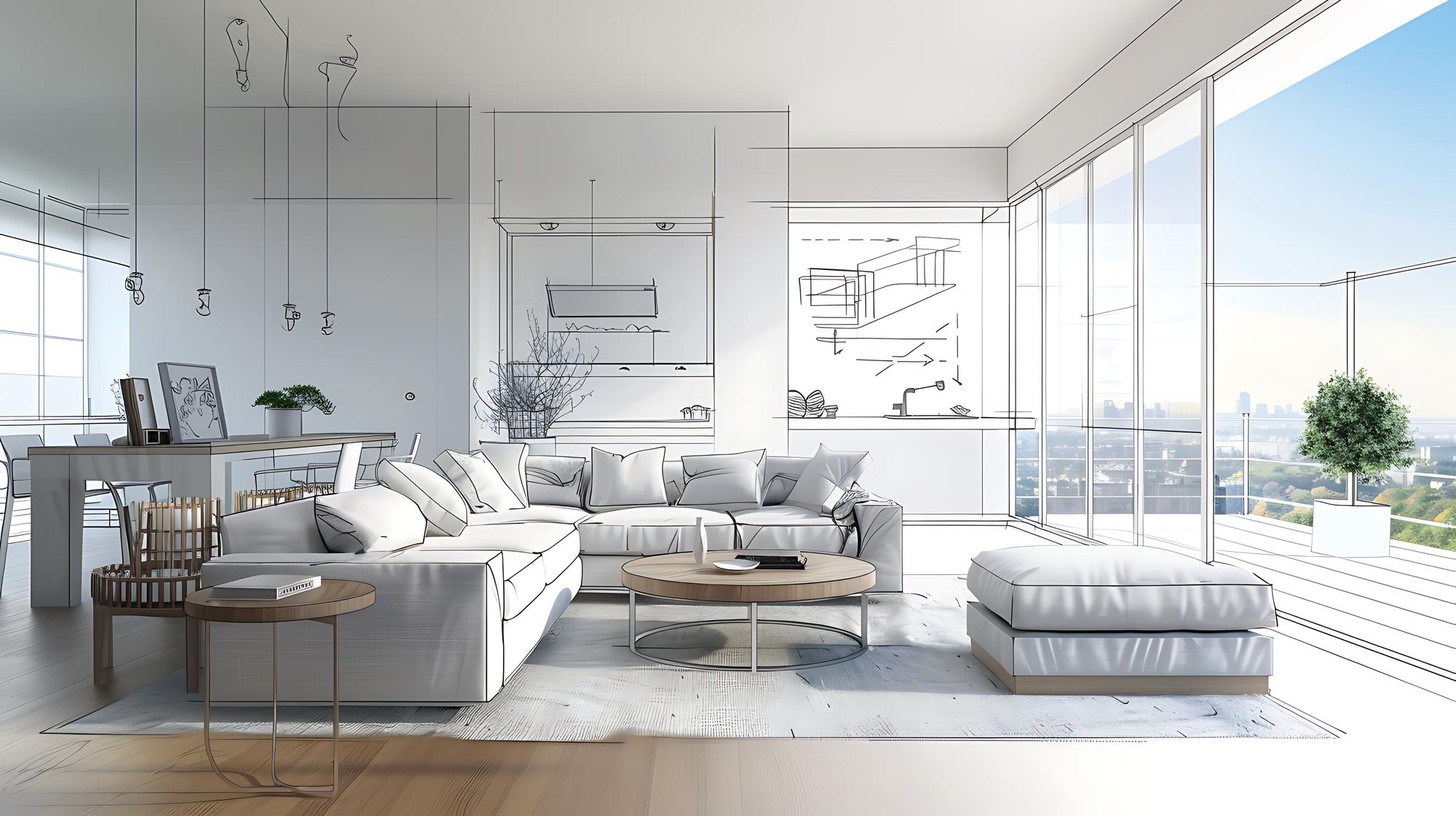Hidden Costs in Home Renovation: What Every Singaporean Homeowner Should Know

Hidden Costs in Home Renovation: What Every Singaporean Homeowner Should Know
Introduction
Renovation projects often come with unexpected expenses that may strain your budget. Knowing what to look out for can help you plan a budget that covers all bases, ensuring you won’t be caught off guard by hidden renovation costs. This guide explores the common hidden costs in home renovations in Singapore, helping you prepare financially and achieve a smooth, stress-free renovation experience.
Section 1: Unplanned Structural Changes
Why Structural Changes Are Common Hidden Costs
Primary Keywords: hidden renovation costs Singapore, structural changes costs Singapore
One of the most common hidden costs in home renovation is related to structural changes. These costs typically arise after demolition begins and the existing structure is revealed. Unexpected issues with walls, plumbing, or electrical systems may require additional work, impacting your budget.
1. Common Structural Issues Uncovered During Renovations
Outdated Wiring: In older homes, the electrical wiring may not meet current safety standards, posing a fire hazard. Replacing or upgrading wiring to meet these standards can add significant costs.
Weak or Damaged Walls: Structural walls, especially in older buildings, may require reinforcement if they’re found to be weak or cracked.
Plumbing Problems: Renovation can reveal issues with plumbing, such as corroded pipes or poor drainage. Replacing pipes or rerouting plumbing for an updated layout will increase costs.
2. Budgeting for Structural Changes
To account for these potential surprises, it’s wise to set aside 10-15% of your total renovation budget specifically for structural changes. This buffer provides financial flexibility to address issues without compromising the overall renovation quality.
3. How to Minimize Structural Surprises
Detailed Inspection: Before starting your renovation, hire a contractor or inspector to assess the structural integrity of key areas, including walls, wiring, and plumbing. Early identification can give you a more accurate budget.
Communicate with Contractors: Openly discuss potential risks with your contractor, as they may anticipate common issues based on the property’s age and location.
By proactively planning for structural issues, you can avoid budget overruns and ensure a smooth renovation process.
Section 2: Permit and Regulatory Fees
Understanding Permit and Regulatory Requirements for Renovations
Primary Keywords: renovation permit costs Singapore, HDB renovation requirements
In Singapore, specific renovations require permits and must adhere to regulations set by the Housing and Development Board (HDB) and the Building and Construction Authority (BCA). These permits are often necessary for HDB flats and certain types of condominium renovations.
1. Types of Renovation Work Requiring Permits
Structural Alterations: If you plan to knock down or alter structural walls, an HDB permit is mandatory.
Plumbing and Electrical Work: Major changes to plumbing or electrical systems also require permits and may need to be carried out by licensed professionals.
Window Replacements: For HDB flats, replacing windows requires a permit to ensure the new windows meet safety and installation standards.
2. Permit Costs
Renovation permits come with fees, which vary depending on the type of work. Permit costs typically range from $100 to $300, though this can be higher for extensive structural modifications or installations that affect the overall building’s safety.
3. Timing and Application Process
Early Application: Permits should be applied for as early as possible to avoid project delays. Permit processing times vary but can take up to a few weeks.
Work with Your Contractor: Most experienced contractors are familiar with Singapore’s permit requirements and can help streamline the application process.
4. Consequences of Skipping Permits
Proceeding without the necessary permits can lead to fines, project stoppages, or even the need to undo work already completed, adding substantial costs and delays. It’s essential to account for both permit costs and processing times in your budget to avoid any disruption.
Budgeting for permits and regulatory compliance from the start will help you keep your renovation on schedule and avoid unnecessary expenses down the line.
Section 3: Upgraded Fixtures and Finishes
How Upgraded Fixtures and Finishes Can Inflate Your Budget
Primary Keywords: luxury finishes Singapore, upgraded renovation costs
During the renovation process, it’s easy to get carried away by high-end finishes and upgraded fixtures that add style and sophistication to your home. However, these upgrades can quickly add up and put strain on your budget. Here’s how to make wise choices when it comes to finishes and fixtures.
1. Common Upgrade Temptations
Luxury Flooring: High-quality options like hardwood, marble, or intricate tile patterns are beautiful but can cost significantly more than basic materials. For example, marble flooring can cost twice as much as vinyl or laminate alternatives.
High-End Countertops: Quartz and granite countertops are popular upgrades for a sleek look, but these premium materials often come with a higher price tag.
Designer Light Fixtures: Custom or designer lighting adds elegance, but even one or two upscale fixtures can impact your budget.
2. Factor Upgrades into Your Initial Budget
If you’re considering luxury fixtures or finishes, it’s essential to include them in your budget from the beginning. Setting aside an extra 5-10% of your budget for upgrades allows you to make these additions without impacting other parts of your renovation.
3. Balancing Luxury and Affordability
Select Focal Points: Choose one or two areas to splurge on, such as the kitchen countertop or the main living room lighting fixture, while opting for budget-friendly choices elsewhere.
Mix High and Low: Combine premium items with more affordable options. For instance, use high-quality countertops in the kitchen but opt for laminate in the laundry room or bathroom.
Focus on Value-Added Upgrades: Prioritize upgrades that provide durability and long-term value, like energy-efficient fixtures or water-saving plumbing fixtures.
Being selective with your upgrades ensures a beautiful, high-quality finish without inflating your budget unnecessarily.
Conclusion
Renovating your home is a significant investment, and understanding potential hidden costs can save you from unexpected budget overruns. By planning for structural adjustments, permit fees, and the possibility of luxury upgrades, you’ll be better equipped to manage your finances and avoid last-minute surprises. Remember, budgeting for these hidden expenses can prevent financial stress and help you enjoy your newly renovated space to the fullest.
For a comprehensive look at interior design budgeting and planning, check out our Ultimate Guide to Cost and Budget Planning for Interior Design in Singapore.

